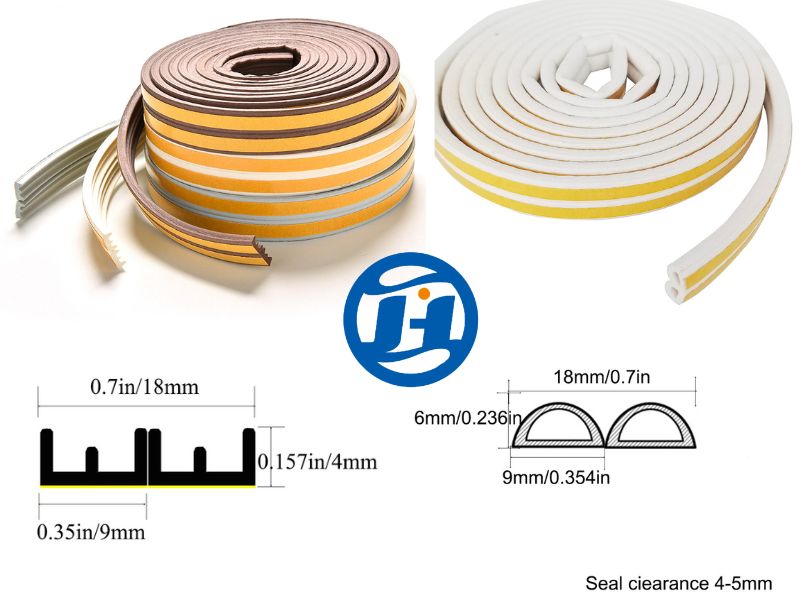What Are You Looking For?

Self-adhesive sealing strips are often overlooked but play a vital role in enhancing the comfort and energy efficiency of our living spaces. This article delves into their significance, practical applications, advantages, and tips for effective installation.
Self-adhesive sealing strips are versatile materials, typically made from foam, rubber, or silicone, designed to form airtight and watertight seals around doors and windows. Featuring a convenient adhesive backing, these strips can be easily applied without the need for special tools.
Draft Prevention: Sealing strips are primarily used around door and window frames to block unwanted drafts, making indoor environments cozier.
Moisture Barrier: They protect against water ingress, which can lead to mold and structural damage, particularly in basements and bathrooms.
Noise Reduction: By filling gaps, these strips help to minimize outside noise, creating a quieter living space.
Versatile Use: They can also be used in various applications, including cabinets and appliances, providing additional sealing benefits.
Energy Savings: By reducing air leaks, these strips can lower heating and cooling costs, resulting in significant savings on energy bills.
Enhanced Comfort: A well-sealed home maintains consistent indoor temperatures, improving overall comfort for occupants.
Ease of Installation: With no special tools required, homeowners can quickly and easily apply these strips, making them an ideal DIY project.
Cost-Effective Solution: Investing in self-adhesive sealing strips provides a low-cost method to improve energy efficiency and home comfort.
Prepare the Surface: Clean and dry the area where you’ll apply the sealing strip to ensure a strong adhesive bond.
Accurate Measurements: Measure the lengths of gaps accurately and cut the strips to fit, leaving a little extra to ensure a complete seal.
Application: Press the strip firmly against the surface, ensuring full contact to avoid gaps that could compromise its effectiveness.
Allow Adhesive Time: After installation, let the adhesive set before testing the seal’s performance.
Regular Checks: Inspect the sealing strips periodically for wear and replace them as necessary to maintain effectiveness.
Self-adhesive sealing strips are a simple yet powerful tool for enhancing home comfort and energy efficiency. Their ease of use and affordability make them an essential investment for any homeowner looking to improve their living environment. By sealing gaps around doors and windows, you can create a more inviting and cost-effective home.